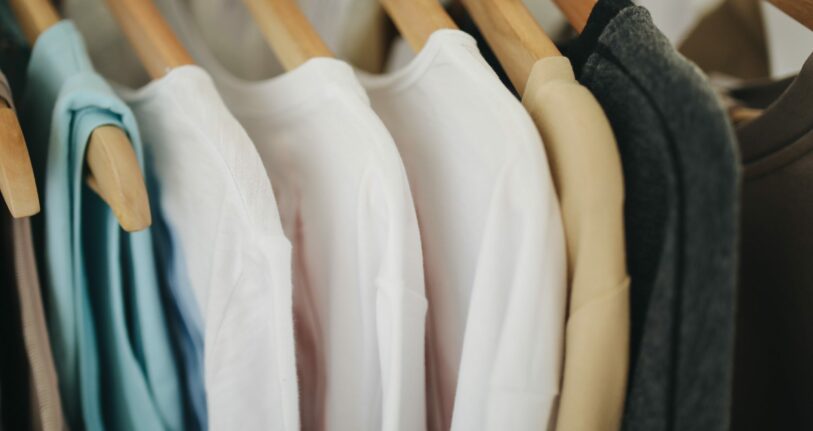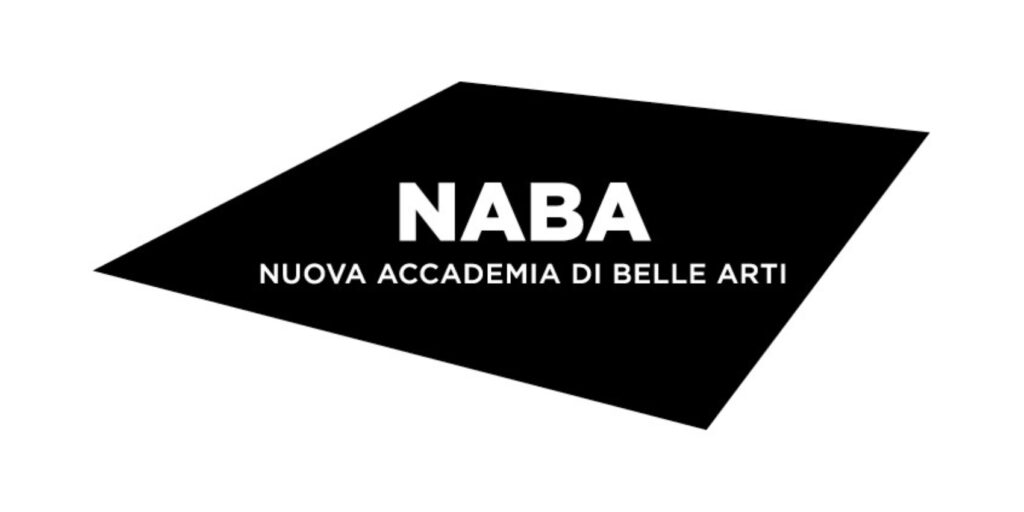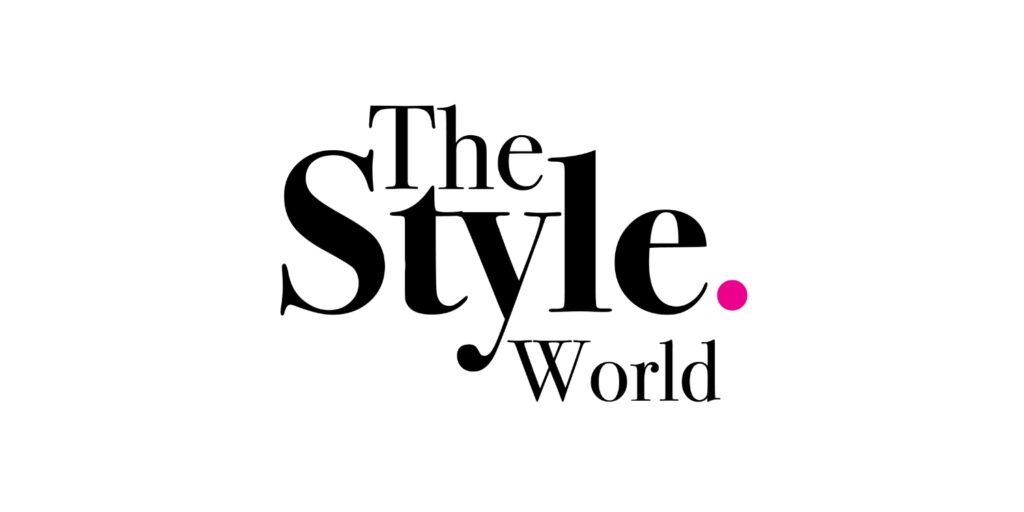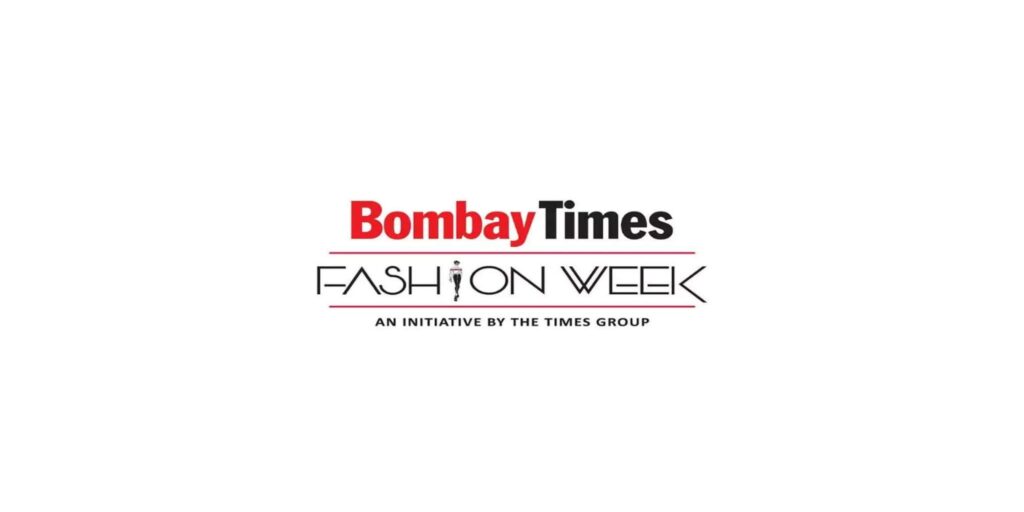The Role of Fashion in the Legal Industry: An Unlikely Connection
Jd Institute
- March 8, 2023
- 6 min read
- Career, Entrepreneur, Life, Productivity

The Intersection of Fashion and Law: Exploring the Role of Fashion in the Legal Industry
What is regarded as a stark and conservative domain, the courtroom attire for women lawyers and their male counterparts has seen quite a transformation. Whatever, is the fashion of today, its quite a departure from what their predecessors wore.
During the 12th century, an elitist group of lawyers know as Serjeants-at-law, (established by Henry II) and judges, wore a habit consisting of a long robe, hood, tabard (a sleeveless coat) and coif (a fitted cap). By 1400, judges had discarded the tabards and started to wear a mantle (cloak or cape) instead. According to legal historian Sir James Baker – the mantle was an item of clothing which symbolized magisterial authority , and was worn by leaders, Lord Mayor and the King himself.

Court scene (1421 – 1471)
Dressing for Success: The Importance of Fashion in the Courtroom
For English judges in c. 1500s, the fight for hierarchy shaped legal fashion. During the Tudor era (1485b-1603) under Queen Elizabeth I, maintenance of the social order played an important role in fashion legislation. Cutting back on vanity amongst legal elites, lawyers who had not attained Knighthood or level of Bencher, could only sport a scarlet or crimson hose, and were not permitted to wear velvet caps, double cuffs on their shirts, or scarfs, or beards of longer than three weeks’ growth. By 1584, lawyers could neither wear their hair long or curly! Domestic textiles were patronised then and foreign fashions forbidden.

As seen in the portrait above, robes had sleeves which were looser at the wrists and the lining was turned back three to six inches. A black rope belt with a knot, together with a black corned cap called a pileus quadratus worn over the skullcap and coif -made up the standard dress code of judges. Violet robes were for the winter and green robes were for summer wear. Gradually, violet robes took on darker shades, until they became completely black.
The Stuart period (1603 to 1715) saw a definite change in the fashion scene when a group of senior judges signed The Judges Rules of 1635. This detailed out what was appropriate for judges to wear both in and out of court. Accordingly, between October and May a judge had to wear robes lined with miniver (white fur). In the warmer summer months, it was lining of taffeta or silk. The wide neck ruffs of the Tudor period were replaced by two plain rectangular linen bands, tied at the throat.
Around that time, wigs became popular in Europe and a full wig was incorporated into the formal judicial costume. By 1822, Humphrey Ravenscroft (est.1689) invented the Tie Wig. Ede & Ravenscroft, established in 1689, holds the title as the oldest tailors in London. The company sells wigs, robes, and gowns.
Queen Anne’s death in 1714 (Stuart period) was followed by the Hanoverian dynasty. Civil judges at that time wore plain silk gowns, and Crown (criminal) judges wore a scarf instead of a mantle. The rope belt was replaced by a broad black sash, and lawyers started wearing more open gowns. Wigs remained an important part of the judicial attire.

The Age of Reform in the Victorian period (1837 – 1901), the presence of sewing machines, the import of cotton, and the development of synthetic dyes likewise meant that clothing could be produced faster and cheaper.
WWI and WWII influenced judicial fashion with the addition of a full violet hood in 1937, for ceremonial occasions, and the creation of the Crown Court in 1971 led to the introduction of a scarlet tippet.
With the passing of the Sex Disqualification (Removal) Act of 1919, the Committee of Judges and Benchers permitted women barristers to wear ordinary barrister’s gowns and wigs.

Helena Normanton (1882 – 1957) was the first woman to practise as a barrister in England.

In 2009, English designer Betty Jackson created a new look for judicial robes. Jackson opted for a navy gabardine and wool mix, trimmed with velvet on the cuffs and facings. Dressing styles in the legal profession are fast changing. With today’s clients being young adults working in media and technology sectors, where the dress code is not so regimented, millennials (now in their 30’s), tend to express themselves through their clothing. The legal profession is not too different.
The Future of Fashion and Law: Trends and Challenges in the Industry
Today’s look book for the legal eagles primarily are black or blue suits, depending on the setting. Women lawyers occasionally switch to printed, colourful blouses over skirts or dresses or pant suit, and wear heels. In India lawyers are also seen in black and white traditional Indian attire such as salwar/churidar suits, sarees. A tailored suit jacket or a blazer brings about a great style. Straight skirts or pencil skirts are preferred style. Shoes in neutral colours – heels, flats or bellies. Jewellery, statement or fashion pieces and other accessories are generally matched to pair with the shoes. Light make-up, ear tops and dainty gold neck chain, completes a look that exudes confidence and elan. All this to bring about a professional, yet a contemporary aesthetic.
Neutrals, and classic colours are best options. Navy, dark to medium greys, and even charcoal are ideal suit colours for both men and women.



For men in the legal profession, dress shirts are an absolute must. Light, neutral shades are the choice mainly. Business colours like white, cream, or a classic light blue tone are popular. Dress shirts and the colour of the suit worn need to be well-matched, and well-fitting, to look sharp. Matching neckties with a classic look, colour and pattern are usually navy and blue. Men usually opt for classic dress shoes that match their suit. Dark leather shoes, and dark coloured socks, finish up a look that speak of an efficient, confident and organised worker. Comfort and professional is key.
For both men and women, accessorising with scarves, colourful socks, pocket squares, makes an impressive style statement. That, maintaining a balance between professional propriety and self-expression is the appropriate thing to do.






